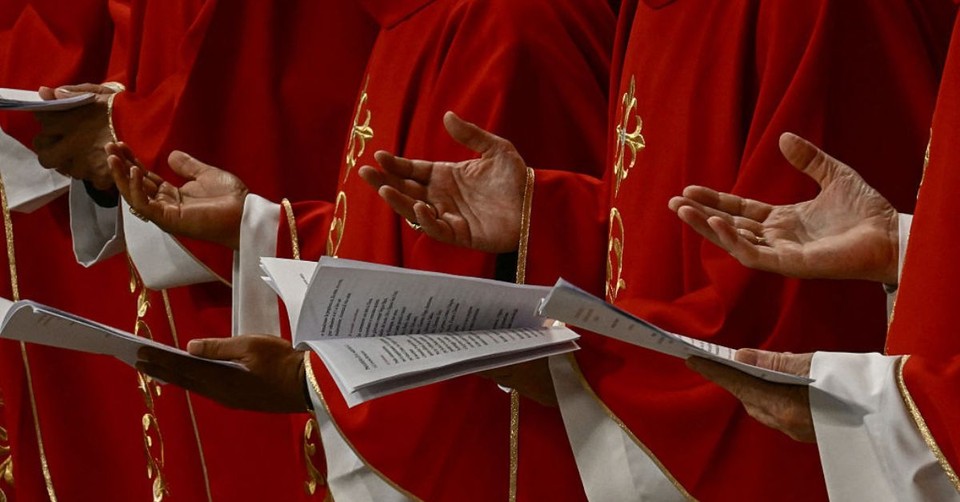
Over 133 cardinals gathered in the Sistine Chapel for a conclave to elect the next pope, a process shrouded in secrecy and tradition. With Pope Francis’s recommendations in mind, five cardinals have emerged as front-runners: Cardinal Pietro Parolin, a seasoned diplomat with a global vision; Cardinal Peter Erdo, a traditionalist with a reputation for unity; Cardinal Fridolin Ambongo, a social justice advocate from the Democratic Republic of Congo; Cardinal Pierbattista Pizzaballa, a vocal critic of the Israel-Hamas war; and Cardinal Mario Grech, a canon lawyer known for his inclusive leadership style.

As the cardinals vote twice daily, the fate of the Catholic Church hangs in the balance. The color of the smoke emanating from the Sistine Chapel’s chimney will signal the outcome: black for an undecided vote and white for a new pope. A two-thirds majority is required to declare a new pope, making it unlikely that a decision will be made on the first day. The cardinals are prohibited from leaving or having contact with the outside world, allowing them to focus on prayer and discernment.
The conclave is a rare and significant event, with the cardinals shouldering the responsibility of choosing the next leader of the Catholic Church. As they deliberate, the world watches with anticipation, awaiting the emergence of a new pope who will guide the Church and its followers. The outcome of the conclave will have far-reaching implications for the Church’s direction and its engagement with global issues.




